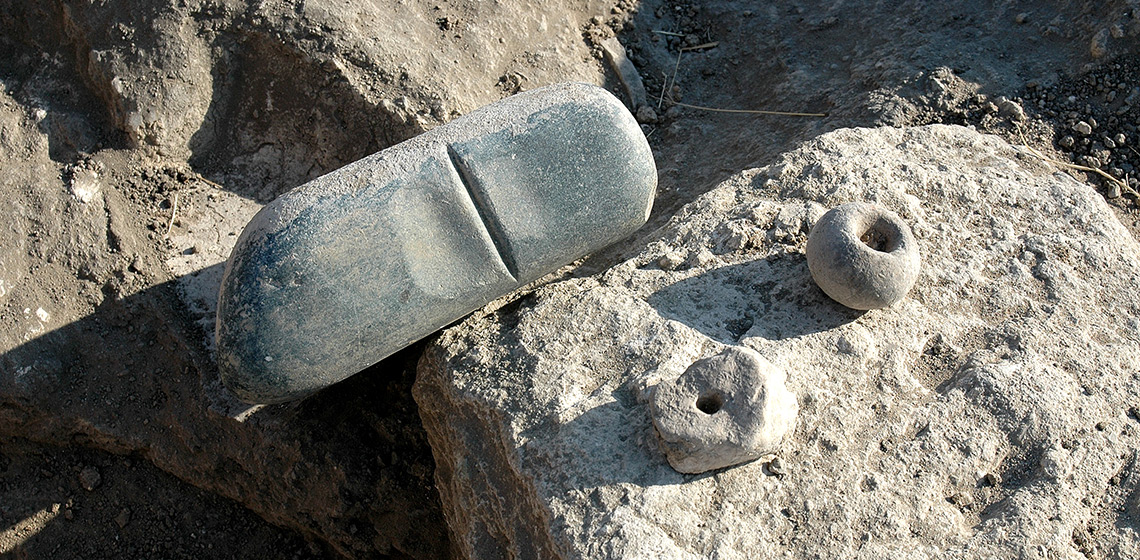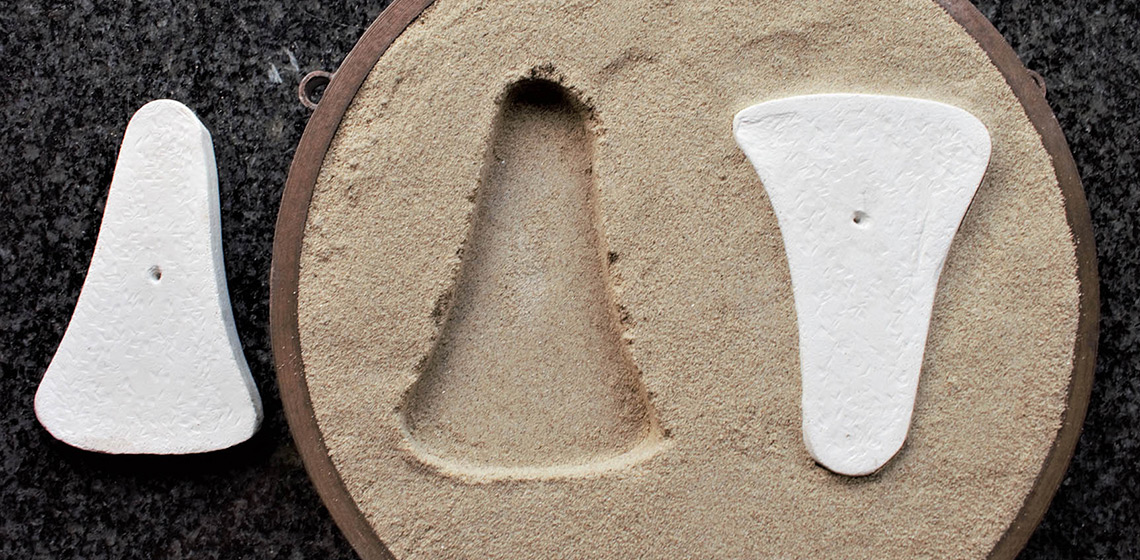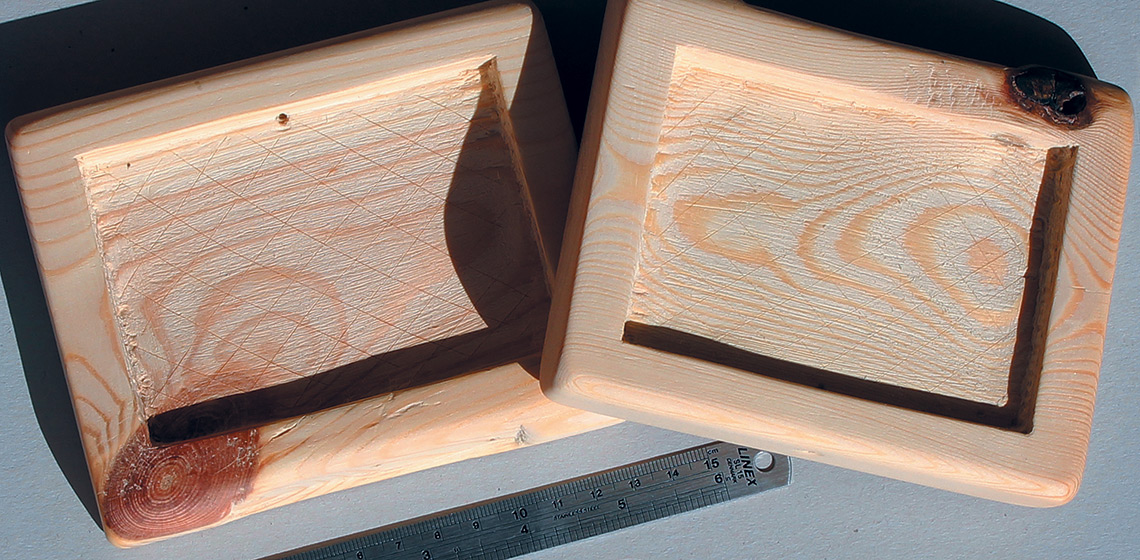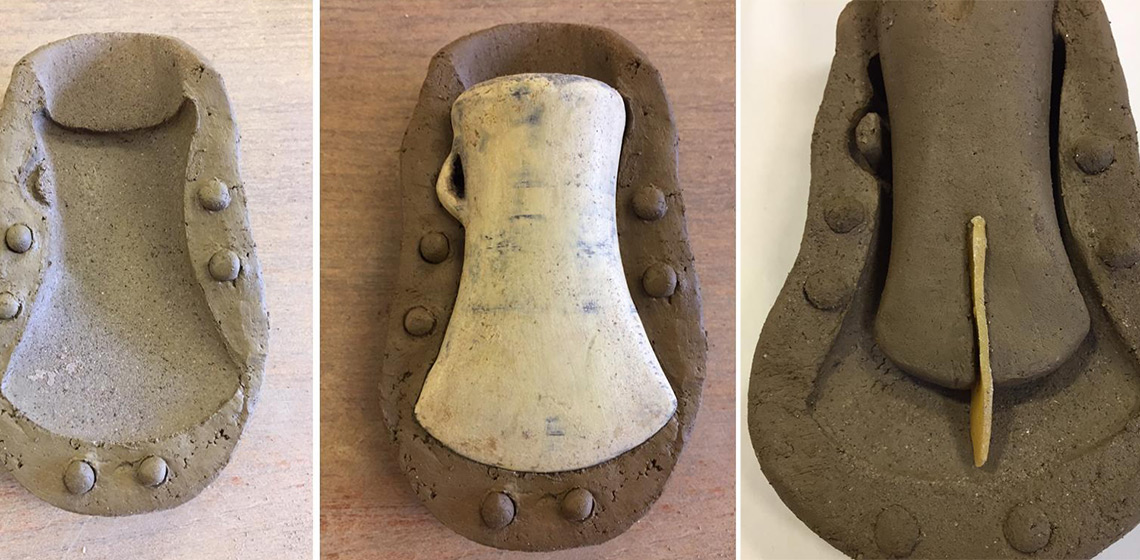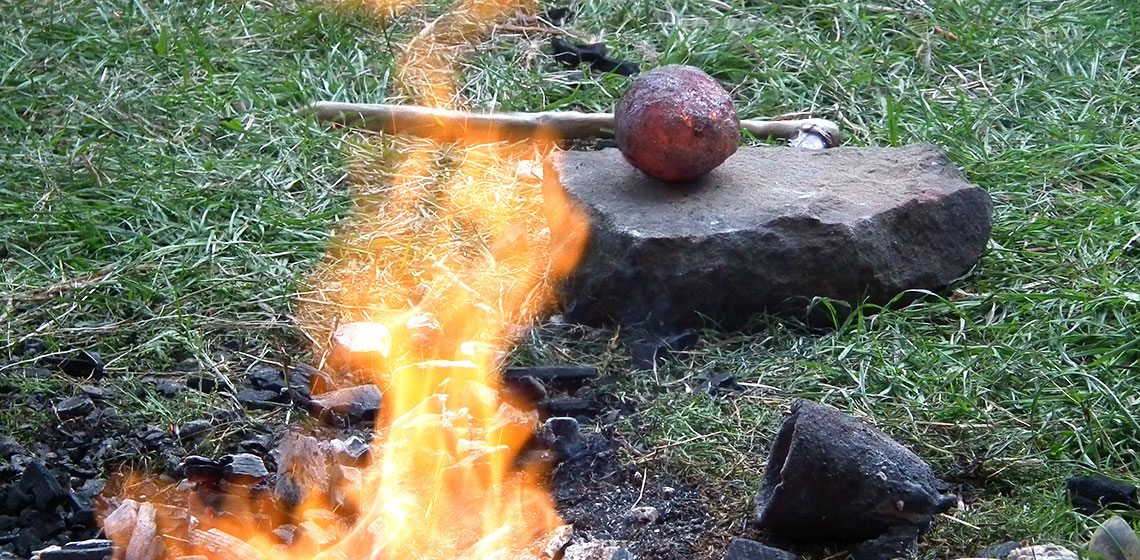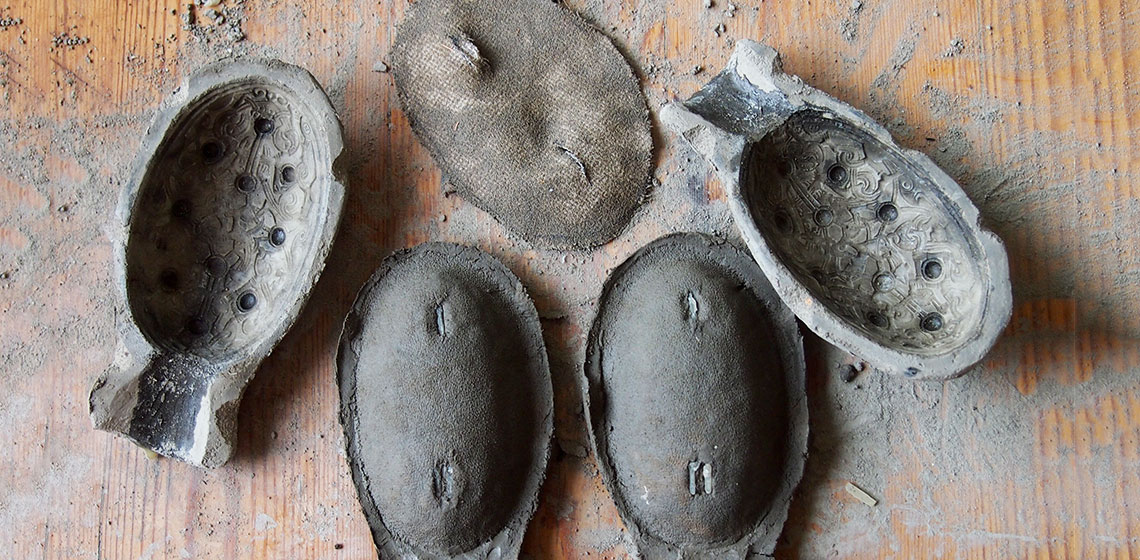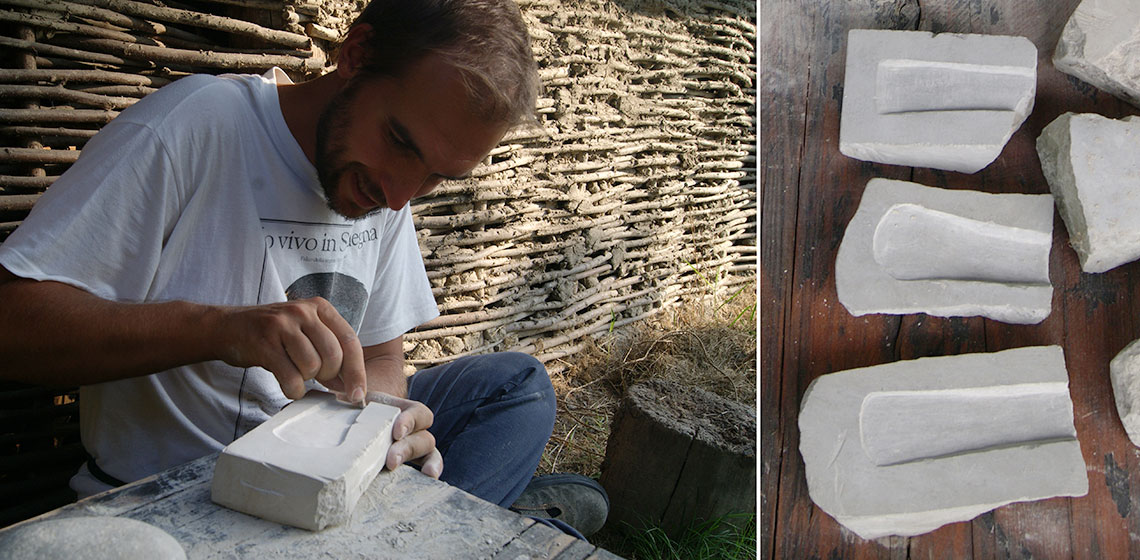Pyrgos Mavroraki Smelting and Melting Experiments in a Metallurgical Workshop of the Second Millennium BC
Interpreting the cultural influences of Cyprus in antiquity has posed an issue, depending on one’s point of view or the different conclusions reached. Until the 1970s, in large part due to the extensive excavations along the northern coast of Cyprus, it seemed reasonable to recognise a plethora of Aegean traits in the island culture. Every element of the Cypriot Bronze Age was analysed and interpreted in...
